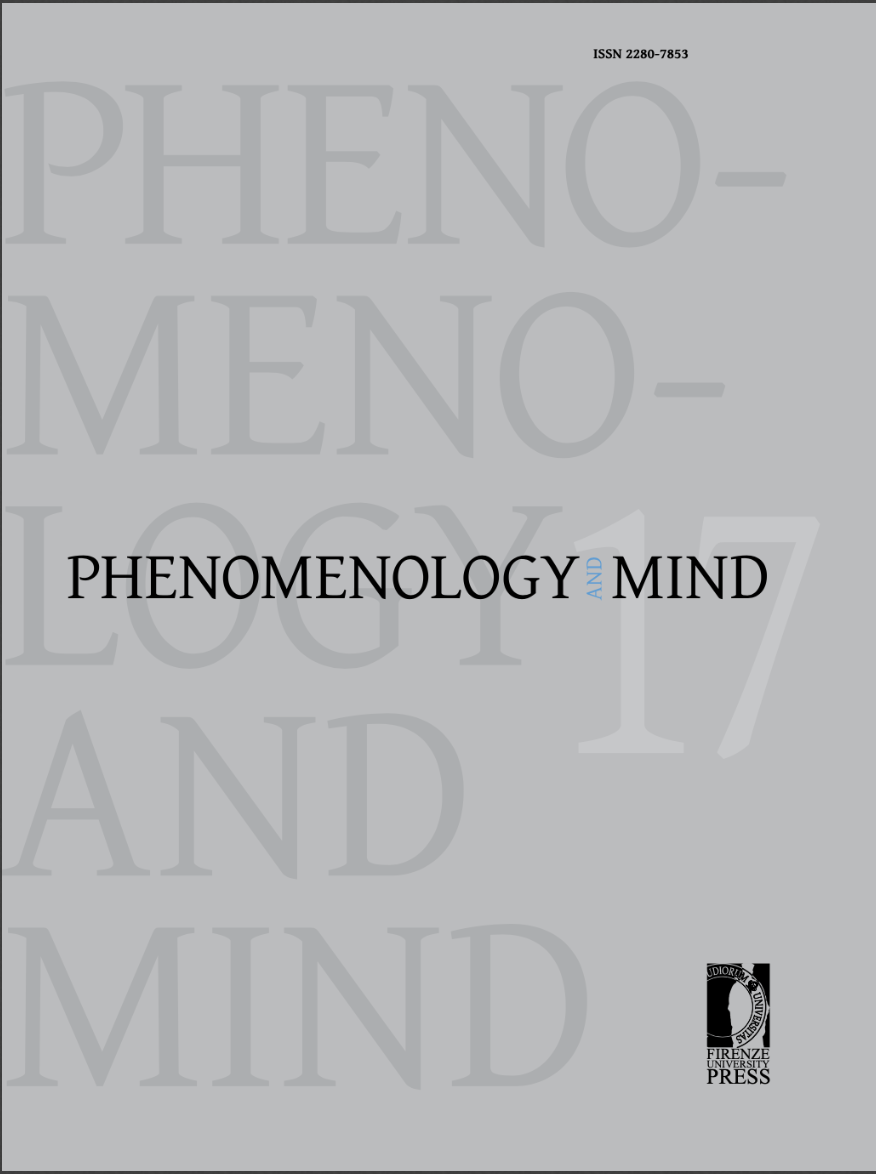Abstract
In this paper, I review recent enactive approaches to art and aesthetic experience. Radical enactivists (Hutto, 2015) claim that our engagement with art is extensive, in the sense that it is non-contentful and artifact-including. Gallagher (2011) defends an embodied-enactive account of the specific kind of affordances artworks provide. For Noë (2015) art is a reorganizational practice. Each of these accounts claims that empirical (neuro)aesthetics is incapable of capturing the art-related engagement they want to highlight. While I agree on the relational and enactive nature of the mind and see the presented theories as important contributions to our understanding of art and aesthetics, I will argue that their dismissal of empirical aesthetics is misguided on several counts. A more qualified look can reveal relevant empirical research for claims enactive theorists should be interested in. Their criticism is either too general regarding the empirical methods employed or based on philosophical claims that themselves can be subjected to empirical scrutiny.

